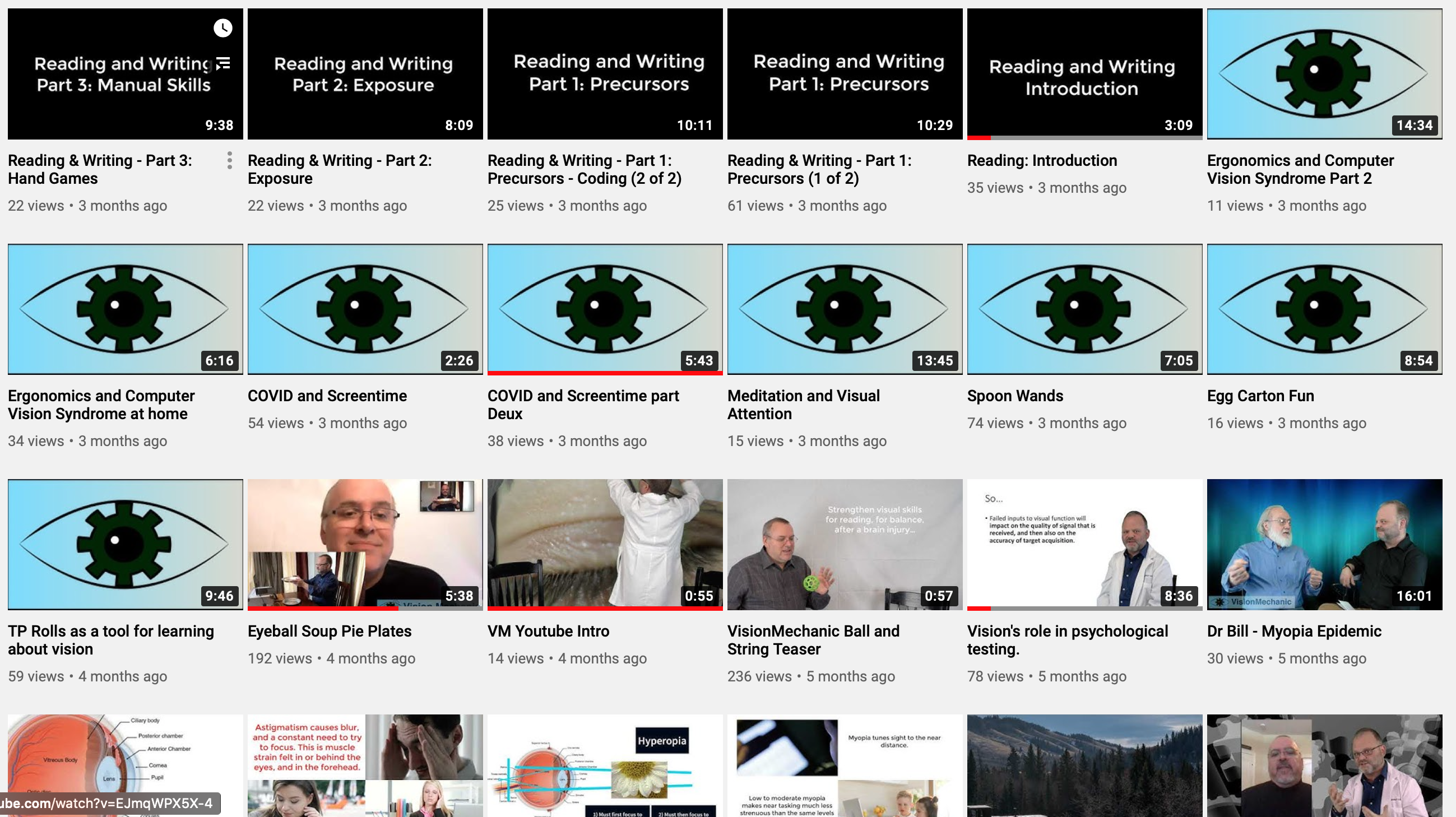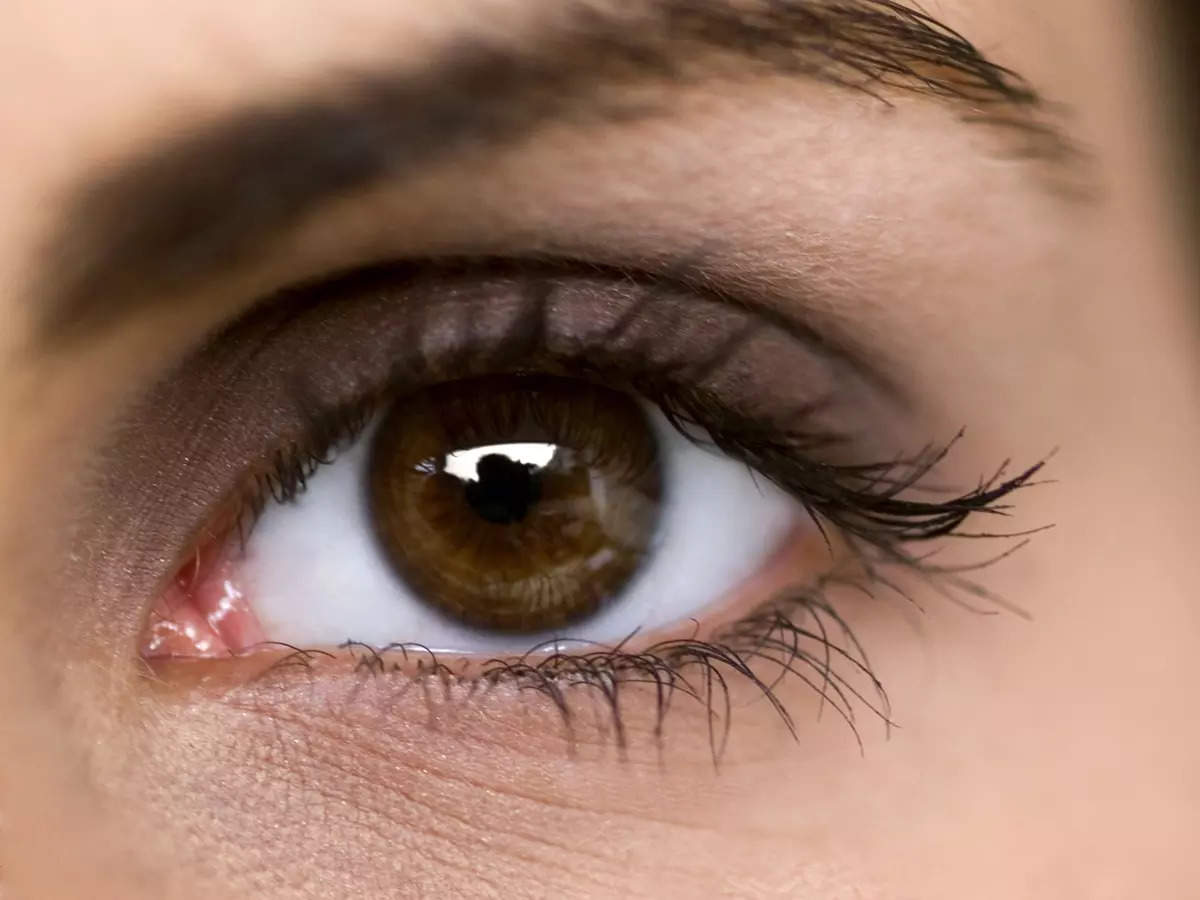 Subscribe to Vision Mechanic on YouTube.com
Subscribe to Vision Mechanic on YouTube.com
The goal of VisionMechanic.net is to provide science-based clinically relevant resources about humans, for humans. All humans. This series highlighting International Vision and Learning Month (August) is more focused on those humans who are in formal learning programs, most notably, younger humans. If you yourself are a learner, or if you teach them, guide them, care for them or provide therapy for them, then this series will be of interest to you.
The underlying story is not new – vision has been a serious (yet manageable) impediment to learning and development for countless people over the years since mandatory schooling was imposed. Likewise, the burden on those affected people, their families, society at large, and taxpayers, has only grown for the lack of proper attention to this, a basic and fundamental element of human learning mechanics. While unchecked vision deficits have plagued families and schools for decades, now as part of a response to a serious contagion, we are creating another catastrophe as more and more children fall through the cracks due to the shift in instructional design to one relying more heavily than ever on remote, or siloed, learning.
 The moral of the story (elephant in the room) is simple to understand at its core: Vision is the primary gateway for learning for children in a traditional classroom and so it must be properly adapted to the task. If not, children suffer and their work suffers and this is expressed as commonly diagnosed learning disorders. Near distance learning is especially difficult for some children because their vision is Mal-adapted to that environment. With a shift to more remote self-directed digitally-delivered learning models, those children who are not naturally suited to that task will pay an even greater price. The principles involved are so well understood, and the effects are so predictable and stark, simple measurements can with reasonable accuracy describe those children who will struggle and whose parents are likely to end up in family practice inquiring about possible learning, reading, and developmental disorders.
The moral of the story (elephant in the room) is simple to understand at its core: Vision is the primary gateway for learning for children in a traditional classroom and so it must be properly adapted to the task. If not, children suffer and their work suffers and this is expressed as commonly diagnosed learning disorders. Near distance learning is especially difficult for some children because their vision is Mal-adapted to that environment. With a shift to more remote self-directed digitally-delivered learning models, those children who are not naturally suited to that task will pay an even greater price. The principles involved are so well understood, and the effects are so predictable and stark, simple measurements can with reasonable accuracy describe those children who will struggle and whose parents are likely to end up in family practice inquiring about possible learning, reading, and developmental disorders.
In many cases, the visual impediments themselves are the problem, and the only problem. In other cases, visual impediment to learning and development (VILD) are a contributing or exacerbating factor. It’s a bit of a lock-and-key setup – if your visual system is properly tuned to the task (the key), then the lock (the task itself) should be a simple thing to work out. If there is a mismatch between how the visual system is set-up versus the task, the child will suffer, the learning will struggle, until which time a visual solution is found. Pills, reading assessments, psychological batteries will lead to nowhere good, and for a price, if there are unchecked visual impediments in place.
In many cases, the visual impediments themselves are the problem, and the only problem. In other cases, visual impediment to learning and development (VILD) are a contributing or exacerbating factor.
The coming posts will review some of the very basics of what human vision is, how it works in the classroom, and what it means to young humans (especially) to have to spend their learning time in front of digital devices. You’ll learn what to look for and who to talk to about finding more detail – you owe it to yourself and those in your care to know what is going on.
The lessons that follow are eternal, but are particularly important now as we rely even more heavily on digital media to substitute for more traditional learning models during physically-distanced times of COVID-19.
Most of us are ‘blind’ to vision, that is, we cannot describe what it is and as we look at ourselves and our children, it all seems normal. This appearance of ‘normal’ is about to change for you as you learn what to look for and how to manage it. Prepare to have your eyes and your mind opened to the hidden world of human vision. It may well change your life or that of someone close to you.
Expand your understanding:
- Get a head start by having a look at other posts here at visionmechanic.net, or on the Vision Mechanic YouTube channel.
- Learn more in a more formal way, consider taking one of the growing number of professional credit VisionMechanic.net courses for developmental professionals (teachers, doctors, therapists, psychologists).
- Join the Vision Rehabilitation Group on FaceBook.







One Response